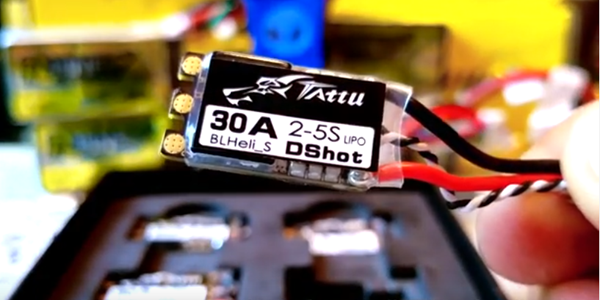How to choose ESC
24/06/2018 09:10
This is something that many people get confused with, but if you follow a few simple rules then you should have no problems.
Firstly, voltage. Make sure you choose an ESC that is capable of handling the number of cells you choose to use. Personally, I will always go for one that is capable of handling more cells than I will be using. For example, if I wish to use a 3S battery on a model I will use an ESC that is capable of handling at least 4S.
Secondly, current capacity. I like to have at least 25% headroom with regards to capacity. So, if I had a setup pulling 30A I'd go for a 40A ESC. Don't go too high though- using a 120A ESC on something only drawing 20A can generate a lot of heat.

You may be asking why you should follow these rules when ESCs have power and voltage ratings but the answer's pretty simple: If you run anything at maximum power for an extended period of time you will shorten its lifespan. After all, would you run your car constantly at maximum rpm & expect it to last forever?
Don't forget to ensure that your ESC has the features you require. Some are not suitable for helicopters, for example.
Lastly, connectors(know more: The most common plug you should know).
XT60 can take around 60A constant. For bigger power outputs you need the XT90 or similar. The bigger LiPos usually come with HXT4mm, but my preference is for the XTs. At the motor, end try to avoid using the cage type bullet connectors that every motor seems to come fitted with. The contact area is inconsistent and they can get hot at quite low current draws. Use the sprung connectors wherever possible as they can handle surprisingly large currents- over 60A for the 3.5mm if my memory serves me correctly.
The energy used getting your connectors hot is energy that is not used in turning your motor, and in extreme cases can cause the joint to unsolder itself.
See more about the Tattu ESC review here: http://www.gensace.de/news/Tattu-30-Amp-ESC-Review-by-propwashed/


 Change Warehouse
Change Warehouse













